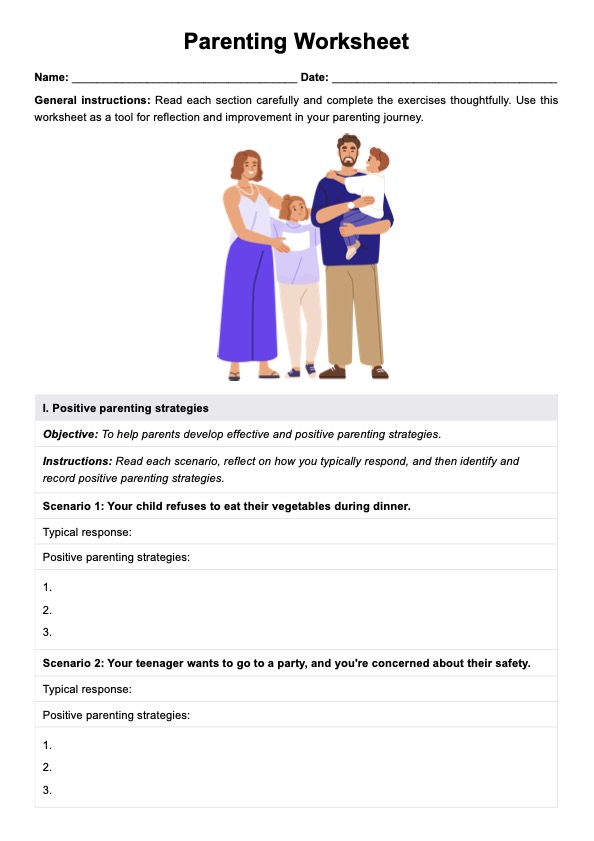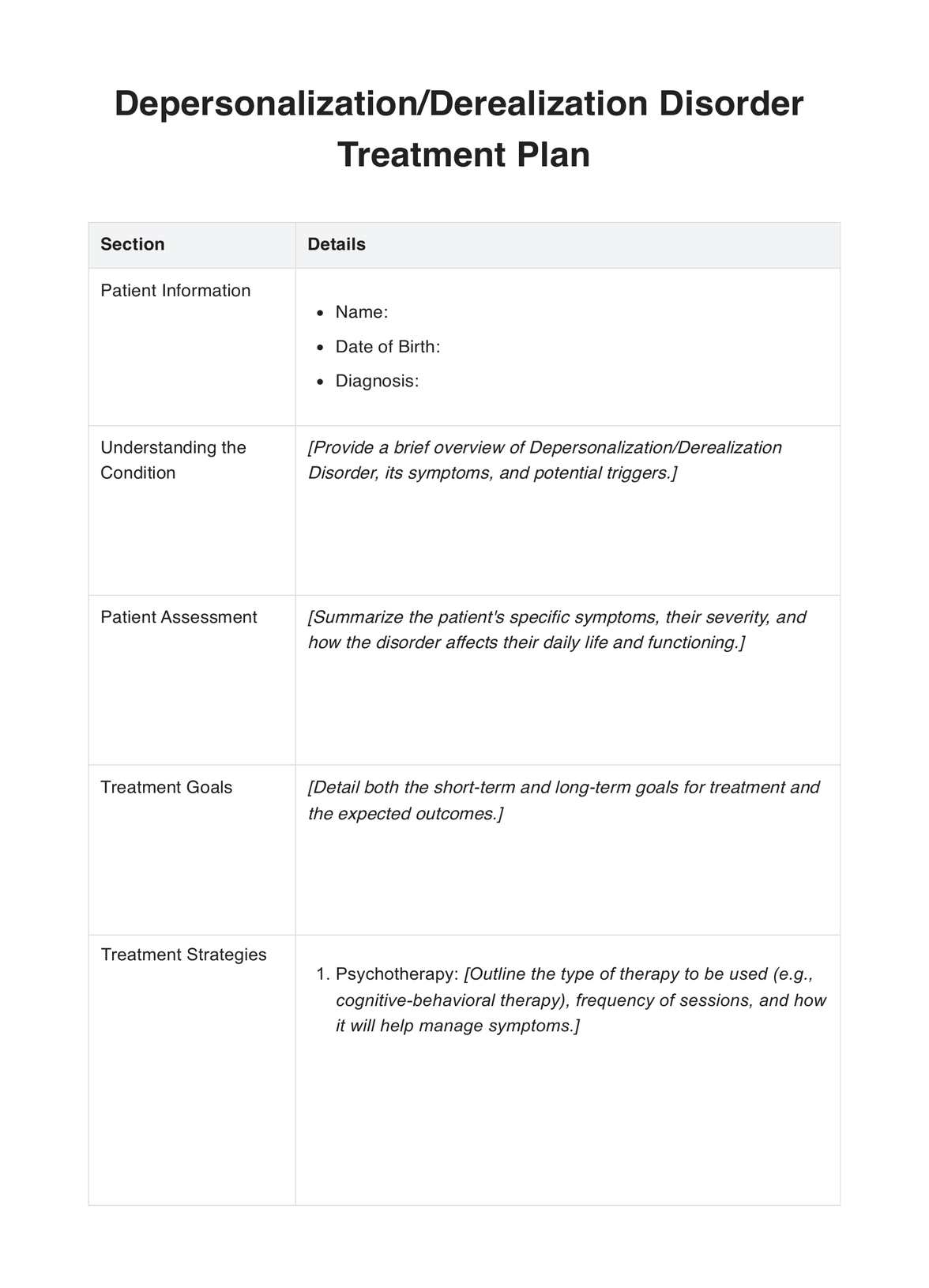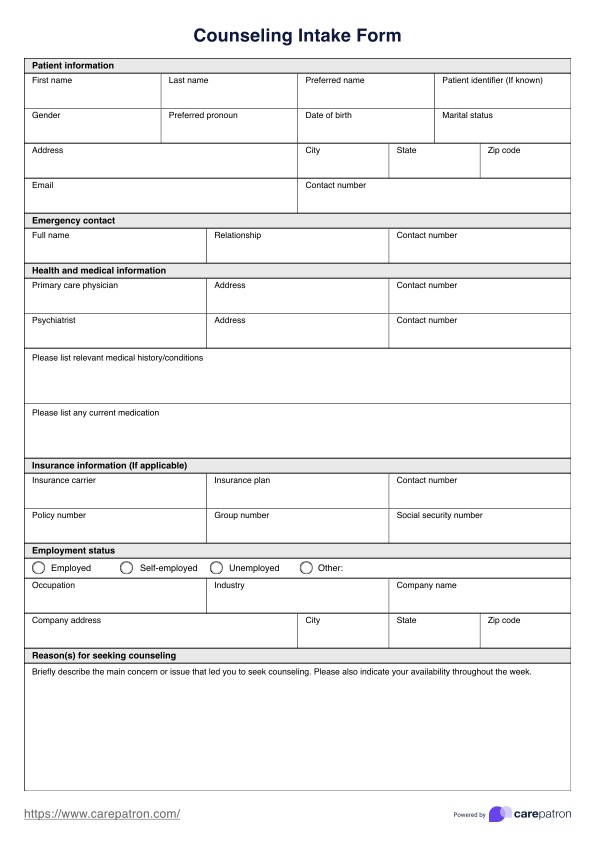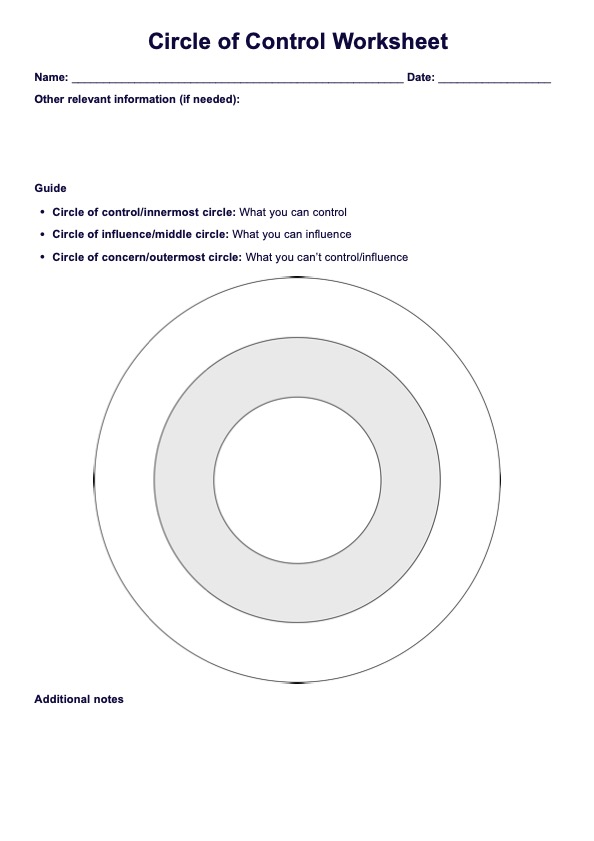Case Conceptualization Worksheet
Use our free Case Conceptualization Worksheet to better understand and apply case conceptualization to your practice.


What is case conceptualization?
Mental health issues can be challenging to understand, but trying to do so is essential. Each person has unique experiences and may face diverse issues influenced by factors such as family history, past traumas, and chemical imbalances. Mental health problems are multifaceted and diverse, encompassing conditions like depression, generalized anxiety disorder, bipolar disorder, and obsessive-compulsive disorder, among others.
Case conceptualization, also known as case formulation, is a cognitive process used by mental health professionals to understand the unique characteristics of their clients and how they can best be served. The goal of case conceptualization includes the following:
- To develop an understanding of the client's presenting problems by examining psychological factors, protective factors, predisposing factors, perpetuating factors, and risk factors
- Determine the reason why a client has certain coping strategies (positive or negative)
- Review relevant history and data
- Plan a course of treatment
- Monitor progress as therapy progresses
More often than not, mental health professionals use our (CBT) Case Conceptualization Worksheet to organize and structure the data they collect over time. It provides a comprehensive client overview, enabling clinicians to create an effective treatment plan to help individuals achieve their goals.
Case Conceptualization Worksheet Template
Case Conceptualization Worksheet Example
How does this Case Conceptualization Worksheet work?
Our free Case Conceptualization Worksheet PDF provides a comprehensive guide for mental health professionals to analyze their clients' problems and develop effective treatment plans.
It is organized into different sections, including the client's background and history, presenting problems, assessments, goals, intervention and strategies, and treatment planning. To use this case conceptualization template, follow these steps:
Step 1: Download the form
Get a copy of the free Case Conceptualization Worksheet by clicking the "Use template" button. You can also access the template using the Carepatron app or our resources library.
Step 2: Gather the client's information
Before filling out the worksheet, gather all the relevant information about your client. This should include their background, presenting problem, and any assessments or tests they have taken.
Step 3: Fill out the worksheet
Fill out the different sections of the worksheet to create an overview of your client. This includes all the information gathered in Step Two, any goals, interventions and strategies, and treatment plans you've discussed with them.
Step 4: Discuss with your client
Explain the results of your case conceptualization to your client and discuss any further interventions or strategies they may need. Encourage them to speak openly about their goals and how they'll achieve them.
Step 5: Monitor progress
Continue monitoring your client's progress using the Case Conceptualization Worksheet throughout their treatment journey. Jot down any observations and make changes to your treatment plan as necessary.
When to use this case conceptualization template?
The Case Conceptualization Worksheet is useful for mental health professionals to understand and serve their clients better. It allows you to create a comprehensive client overview and develop an effective treatment plan. It is often used to guide cognitive behavioral therapy programs, but it can definitely be used for other forms of therapy like dialectical behavior therapy. Additionally, you can use this template to:
Gather information about the client and their presenting problem
You can utilize the Case Conceptualization Worksheet to collect detailed information about the client, such as their background and history, core beliefs, presenting problem, underlying factors, possible biological factors, assessments taken, and any goals or strategies discussed. This will help you better understand their presenting problem and create an effective treatment plan.
Identify relevant assessments, tests, and interventions
The Case Conceptualization Worksheet can help you identify relevant assessments, tests, and interventions that could help the client, allowing you to create an evidence-based approach tailored to their needs.
Develop goals for a treatment plan and monitor progress
This template is a great way to create measurable goals for your client's treatment plan and track their progress. It can help you and your client stay on track and adjust the treatment plan as needed.
Commonly asked questions
Simply download the template, fill in the relevant sections with information about your client, and use it to create an effective treatment plan.
The information provided in the worksheet can be used to develop a comprehensive overview of your client and create an effective treatment plan.
The Case Conceptualization Worksheet is designed to help mental health professionals gather information about their clients and identify relevant assessments, tests, and interventions that may be used for better patient outcomes.


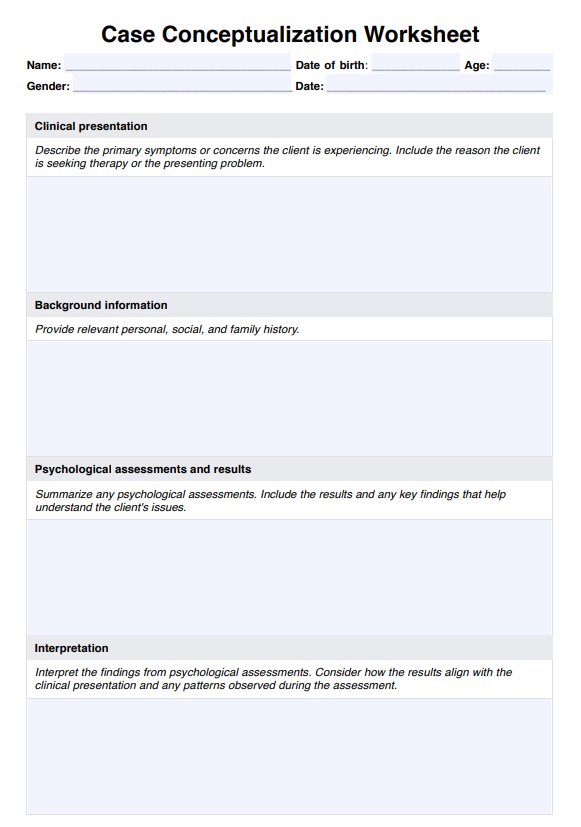
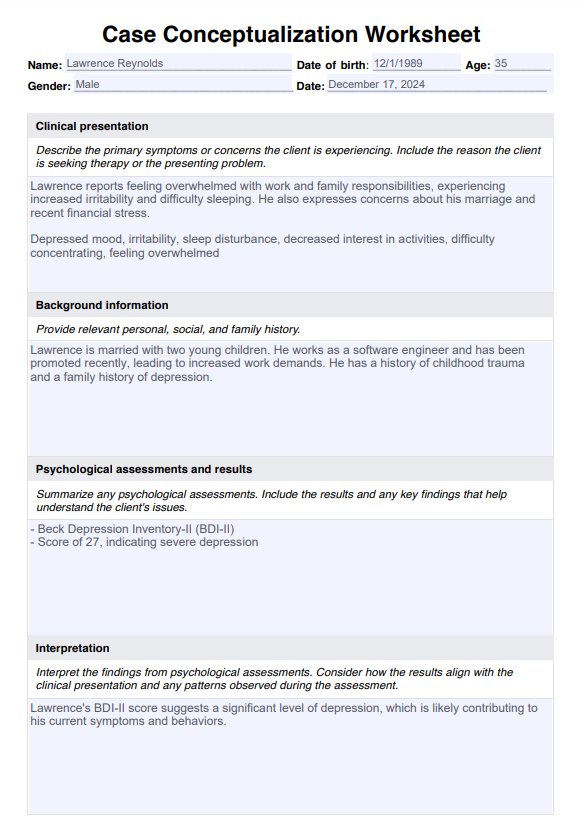
















-template.jpg)



























































































